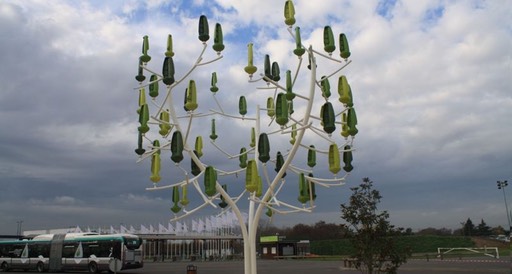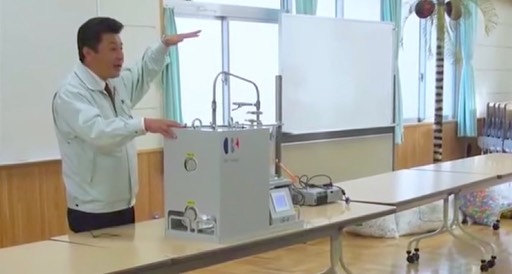A NEW MICROSCOPE can be printed on a flat piece of paper and assembled with a few extra components in less than 10 minutes.
All the parts to make it cost less than a dollar, according to Stanford bioengineer Manu Prakash and colleagues, who describe their origami optics this week in a paper published on arxiv.org.
The goal, as Prakash explains in a TED talk, is to provide a cheap medical screening tool that could be widely used in the developing world. Because the microscopes can be printed by the thousands, they could also be used for education and field research
An outline of the parts that make up the body of the microscope can be printed on card stock and then punched out. The additional parts include a lens, an LED for illumination and a button battery like the ones used to power a digital watch.
The principles of origami allow all the optical parts to line up properly when the scope is folded together (see more about how they’re made in the video below).
Samples can be mounted to a sticky piece of tape, which takes the place of a glass microscope slide. Depending on the lens, the scope can provide up to 2,000X magnification, enough to see the parasites that cause malaria and other diseases.
An individual scope can be made in different configurations for different purposes. Using certain colored LEDs for example, turns it into a fluorescent microscope capable of visualizing specific proteins or other biomolecules labeled with fluorescent dyes.
The microscopes can run for up to…
50 hours on a single battery. They’re tough too. They can withstand being dropped or even stepped on.
Eventually, of course, people are going to find ways to break their clever microscopes. But at a dollar apiece for the most expensive, high magnification version, it’s not the end of the world. Print out another sheet, fold it up, and you’re back in business.
Prakash and his team launched a Kickstarter campaign that allows anyone to reserve a foldable microscope kit of their very own for $15, or to reserve a 20-pack of scopes for $20.
Although the components for each device cost only 57 to 97 cents (depending on the magnification of the lenses), the extra cost will help cover additional scientific tools for the kit, such as microscope slides, tweezers, pipettes, and even a journal for observations.

Foldscope Magnification
And larger payments will allow backers to donate Foldscopes to schools and communities all over the world. The goal: give millions of people access to the durable, portable, and affordable scientific device.
The paper microscopes have been around for a couple years now, but this campaign aims to distribute them to a much larger number of people.
In theory, anyone should be able to assemble a Foldscope in ten minutes—the template and materials are published online—but in practice, making the origami folds from scratch requires finicky printing, die-cutting, and creasing that make the project difficult for novices.
While the team has provided pre-prepared Foldscopes to beta testers, they only shipped 50,000 units. In 2017, they hope to ship 1 million.
So if you want to get your hands on a paper microscope, your best bet is to become a backer. And you'll also have the satisfaction of knowing that you're helping send microscopes to aspiring scientists all over the world.
Below we feature a video provided by TED talk, which explains more in detail about this revolutionary and conveniently inexpensive product. Watch the video, leave your comments below and share this article with your friends who love science.

